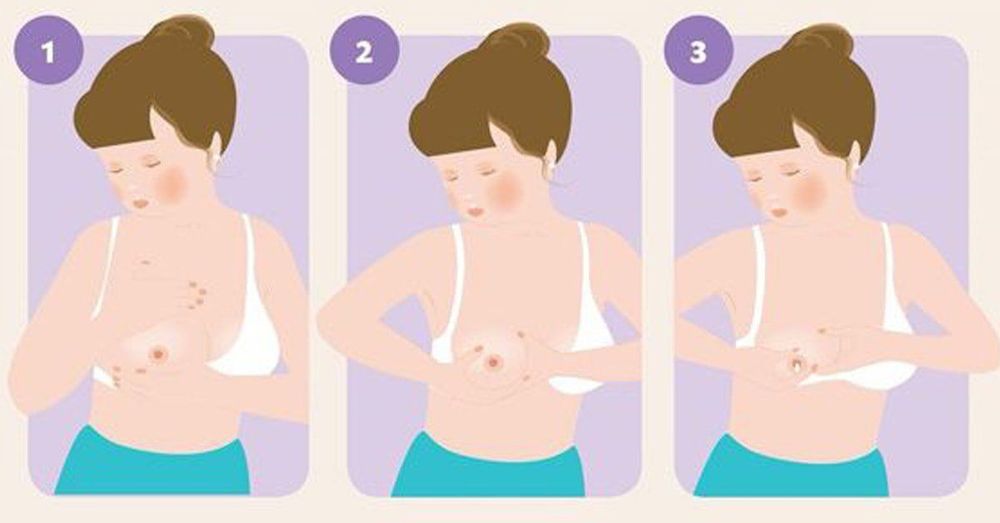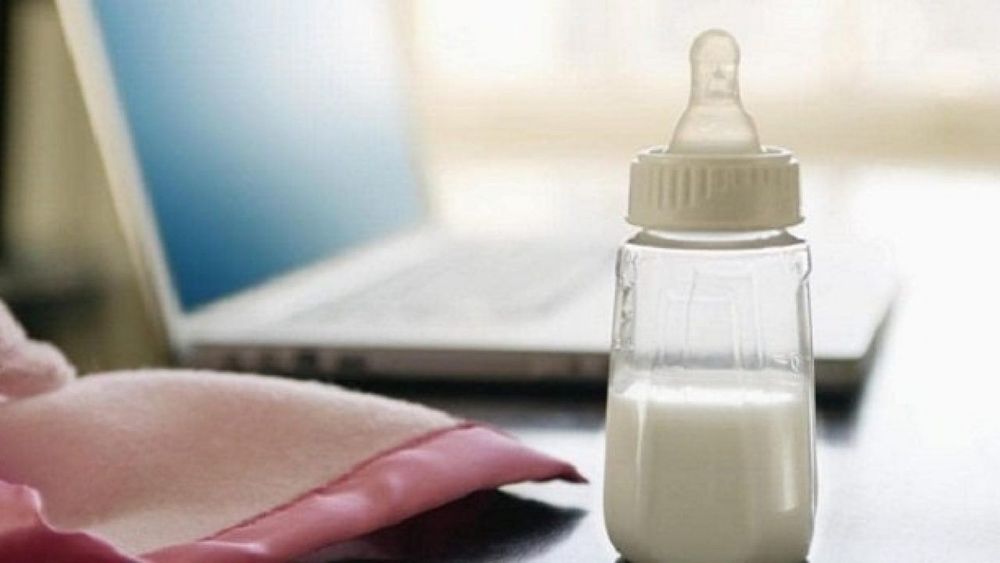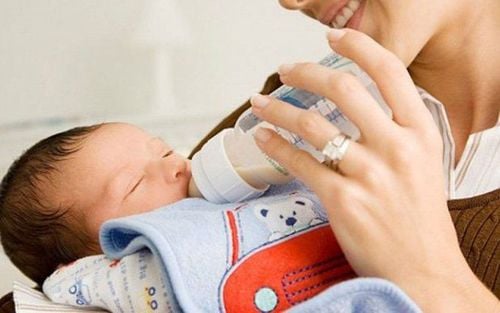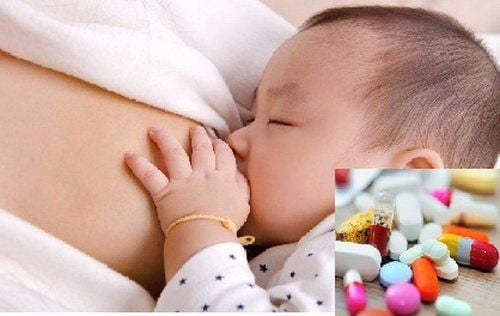This is an automatically translated article.
The article is expertly consulted by Master, Doctor Truong Thanh Tam - Pediatrician - Pediatrics - Neonatology - Vinmec Danang International General Hospital.1. Benefits of breastfeeding right after birth
Breast milk is a perfect source of nutrients, easy to absorb, has many antibodies. Mothers are recommended to breastfeed immediately after birth and exclusively breastfeed for the first 6 months of a baby's life and continue to breastfeed until 2 years of age to ensure the full development of the child.1.1 Benefits of breastfeeding immediately after birth for babies Breast milk is the perfect source of nutrition, fully meeting the nutritional and water needs of babies in the first 6 months of life; Breast milk promotes body development and stimulates the child's brain development; Breast milk is easy to digest, use effectively, and prevent bacterial infections, especially diarrhea and respiratory infections for babies.

2. How can the mother not lose milk when she isolates her baby after giving birth?
It is very important to keep the mother from losing milk after giving birth when the baby is temporarily isolated from the mother. This is even more important in the case of premature babies, sick newborns have to be admitted to the neonatal department or have to be transferred to another hospital where the mother cannot lie next to the child or take care of the child directly. Loss of milk can also occur in mothers who return to work early or return to work before the baby is weaned.2.1 Measures to keep the mother from losing milk when the baby has to be isolated Some measures to help the mother not lose milk when isolated from the baby are:
If it is not possible to breastfeed the baby directly, the mother should express milk by hand or with breast pumps to preserve it for the baby; It is necessary to ensure the psychological factor of the mother, just thinking about the child will help maintain the mother's milk supply; If the baby can digest breast milk, the mother should express the milk and send it to the child to use every 3 hours.

Before expressing or pumping milk, the mother needs to wash her hands, wipe the nipples and areola; Store breast milk only in sterilized clear glass or plastic bottles with a lid; After expressing milk, it should be stored and stored immediately at a cool temperature or in a refrigerator with an appropriate temperature; Time to use refrigerated milk: If milk is stored at a temperature of 25 - 27°C, it must be fed within 4 hours; If milk is stored at a temperature of 20 - 22°C, it must be fed within 10 hours; In case the milk is stored at a temperature of about 15 - 16°C, it can be used for the baby within 24 hours; If breast milk is stored in a refrigerator at 4°C, the baby can be fed within 120 hours (about 5 days) after it has been reheated; If milk is stored at 0°C, it can be used within 2 weeks (after reheating).

Absolutely do not boil breast milk on the stove because doing so will destroy the beneficial components in breast milk, especially antibodies and many other microelements; Only warm the amount of milk the baby needs during that feeding; If it is suspected that the preserved milk is sour or spoiled, it should be checked again, if it is true, the baby should not be breastfed. In order for the mother not to lose milk after giving birth when the baby has to be isolated, the mother should apply the above measures, combined with eating a full range of nutrients in a guaranteed quantity, avoiding excessive abstinence.
Master. Truong Thanh Tam has 15 years of experience in pediatrics and especially has a lot of experience in hematology, resuscitation and pediatric oncology. The doctor has participated in many national and international scientific conferences on pediatrics and participated in many short-term training courses and was certified as "Pediatric Core Instructor", by Hue University of Medicine and Pharmacy. grant. Currently, she is a Pediatrician at the Department of Pediatrics - Neonatology - Vinmec Da Nang International General Hospital.
Please dial HOTLINE for more information or register for an appointment HERE. Download MyVinmec app to make appointments faster and to manage your bookings easily.














